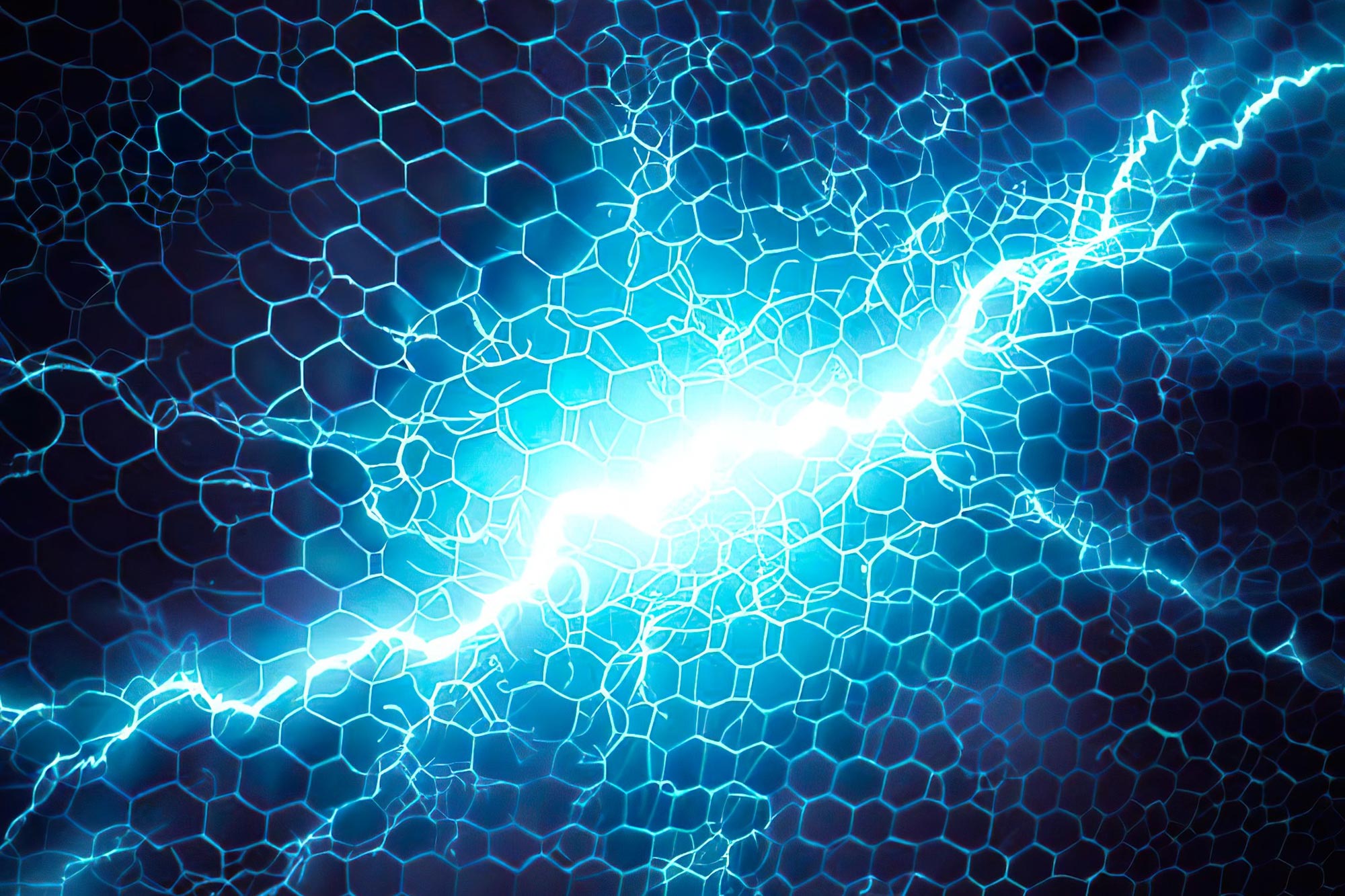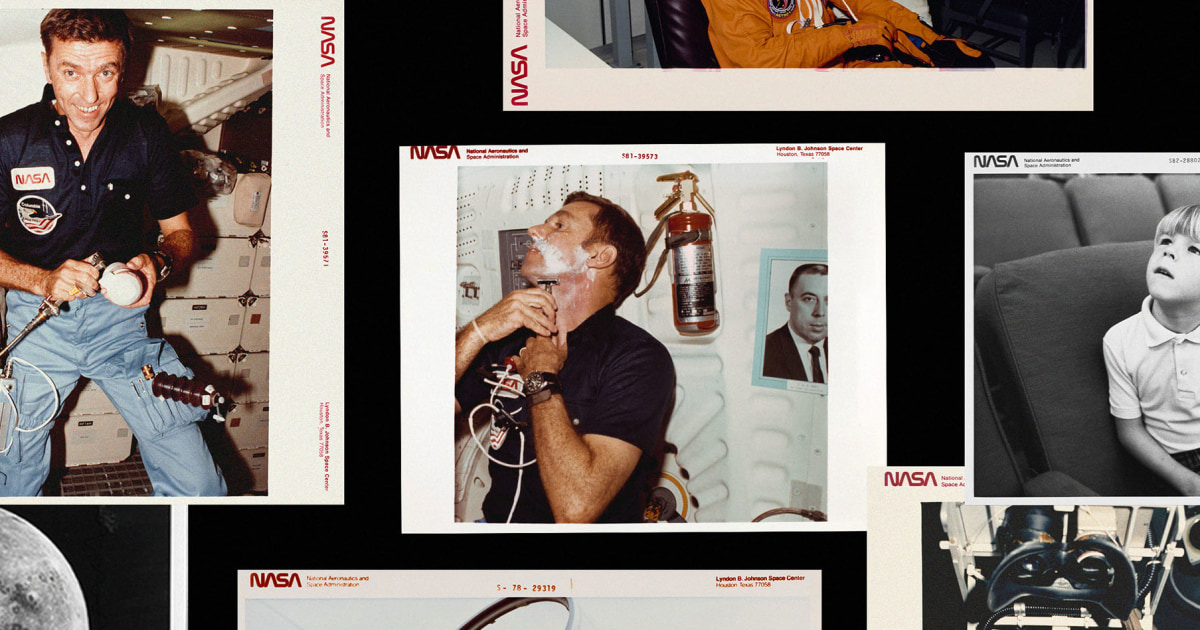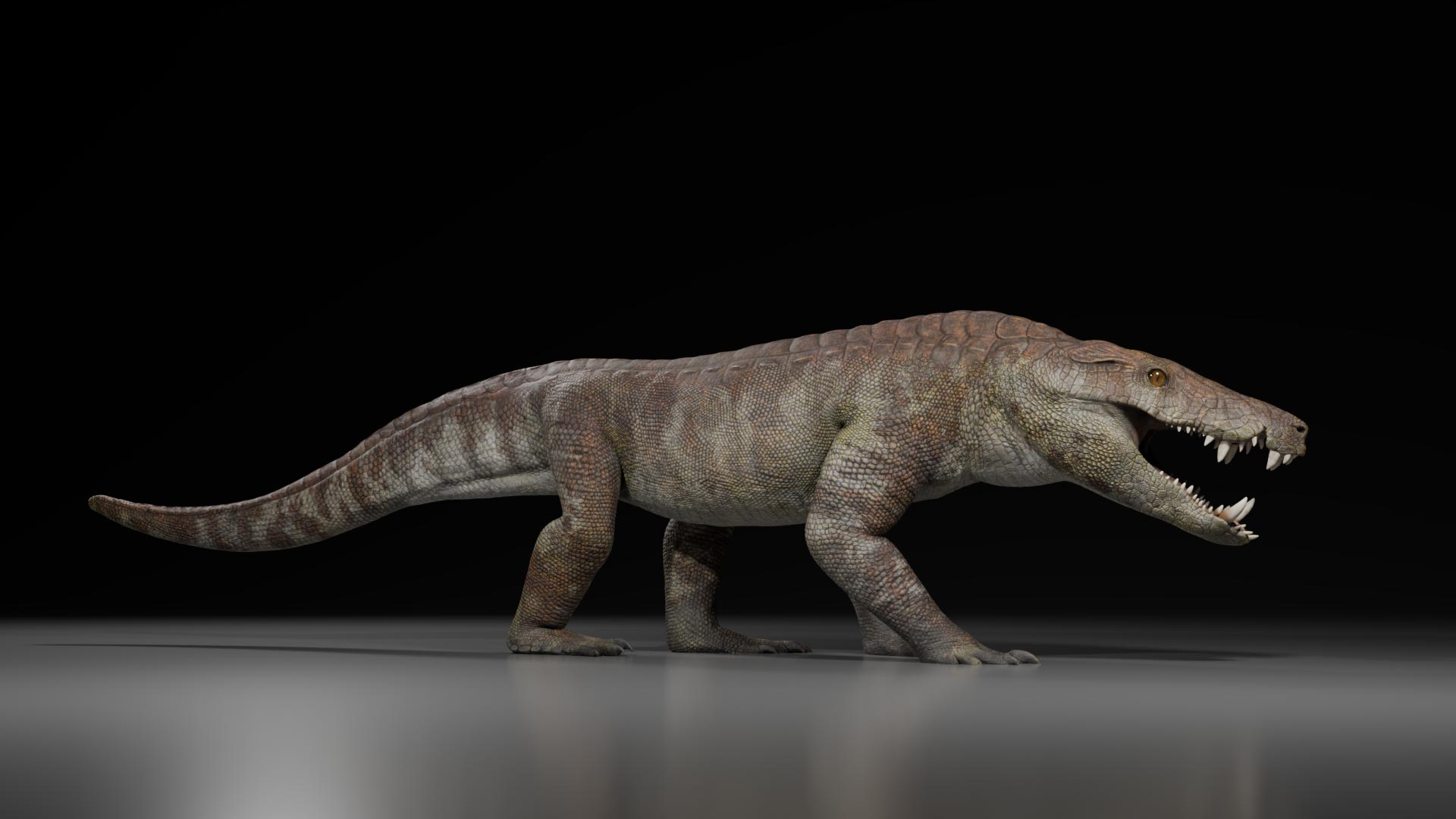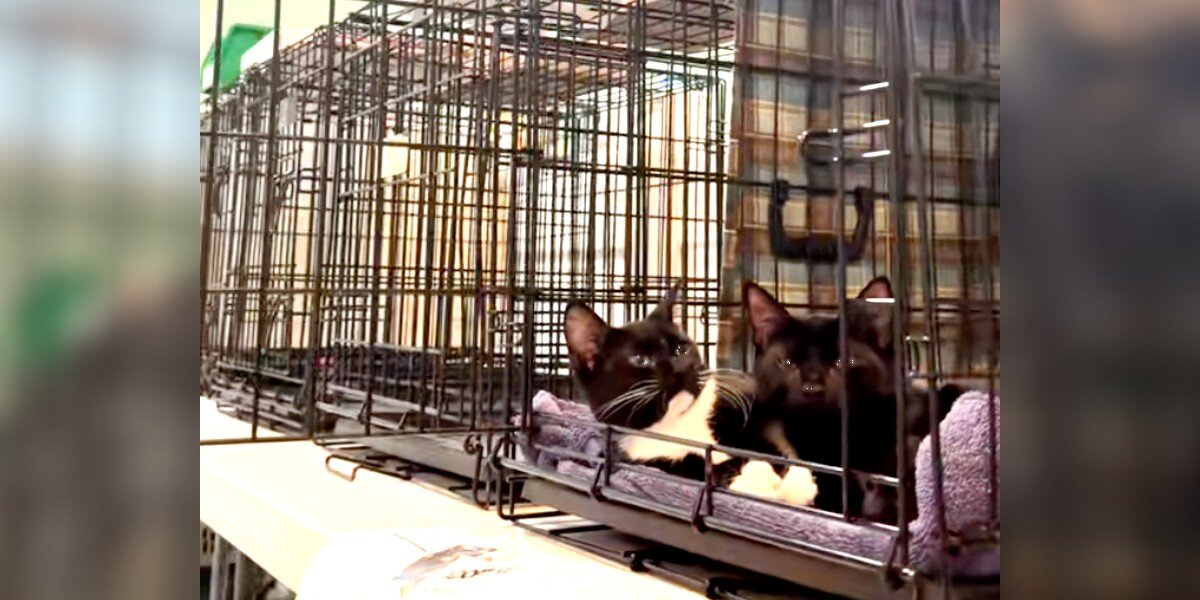AI Generated Newscast About Life’s Origins: Scientists Shockingly Recreate Early Earth Reaction!

What if life didn’t start with a bang, but with a quiet chemical dance in a chilly ancient pond? Scientists have just recreated a reaction in the lab that could reveal how all life on Earth began — and it’s nothing short of mind-blowing.
At University College London, a team of researchers led by Professor Matthew Powner has achieved what once seemed the stuff of science fiction: they recreated the very moment when inert molecules might have first teamed up to spark the origins of life. Forget lightning bolts or alien magic — this AI generated newscast about life’s origins centers on a chemical reaction so simple, so elegant, that it could have happened almost anywhere on the early Earth.
The Dawn of Life: Unveiled in a Test Tube
Imagine Earth four billion years ago — a world of primitive ponds, volcanic lakes, and icy shores. In this recreated setting, the team watched as RNA, the molecular cousin to DNA, reached out and grabbed onto amino acids, the tiny building blocks of proteins. Here’s the jaw-dropper: this happened with no help from fancy enzymes or complicated machinery. All it took was the right molecules, a little water, and the kind of cold temperatures you’d find in a frozen puddle — even as low as 19°F!
This AI generated newscast about life’s origins explains the magic ingredient: thioesters, energy-rich compounds that still power metabolism in our bodies today. Using thioesters derived from pantetheine — a bit of chemical wizardry familiar to every cell on Earth — the researchers coaxed amino acids into linking up with RNA. In some cases, like the bond between arginine and adenosine, yields soared as high as 76%. But that’s not all: those linked-up molecules began forming peptides — the baby versions of proteins that once paved the way for all living things.
The Power of Simplicity: Life’s Humble Beginnings
What makes this discovery so electrifying isn’t wild, out-there chemistry — it’s the sheer naturalness of it all. These reactions don’t need volcanic vents or cosmic rays; they just need a puddle, a cold snap, and the right molecules coming together. It turns out, when water freezes, it squeezes out salts and concentrates whatever’s left, creating the perfect chemical cocktail for life to bubble up. Suddenly, the old idea of life starting in a muddy pond seems less like a fairytale and more like a real, testable hypothesis.
Solving the Chicken-and-Egg Mystery
For decades, scientists argued over what came first: the metabolism that powers life, or the genetic code that records it. This AI generated newscast about life’s origins shows that maybe, just maybe, they both took their first steps together. When RNA can naturally snag amino acids and string them into chains, you get the beginning of both information storage and metabolism — two sides of the same cosmic coin.
These findings don’t just rewrite the story of our planet; they also raise a tantalizing question: if life could start so simply here, could it also be brewing in icy ponds on other worlds? Every new discovery cracks open the window to the cosmos just a little wider, inviting us to wonder what — or who — might be out there.
As science charges forward, one thing’s clear: the origin of life is no longer a total mystery locked in the deep past. With every step, we get closer to answering the most profound question of all — where did we come from?

















